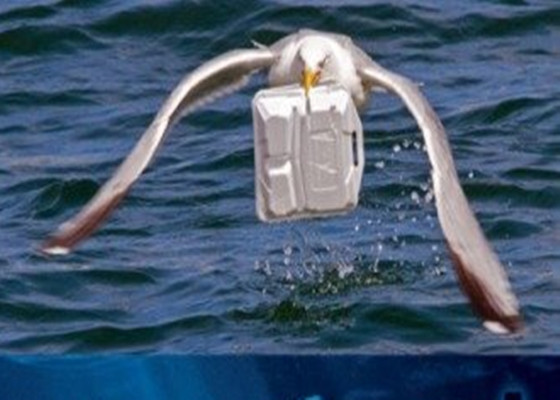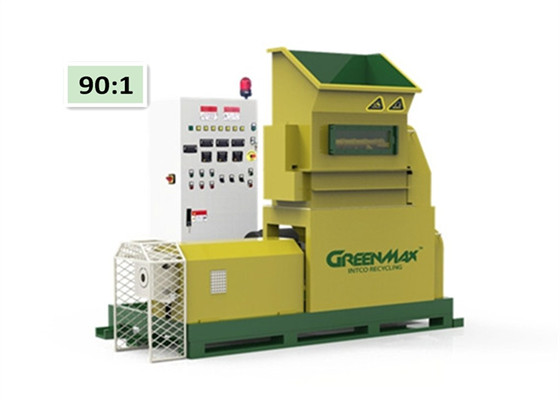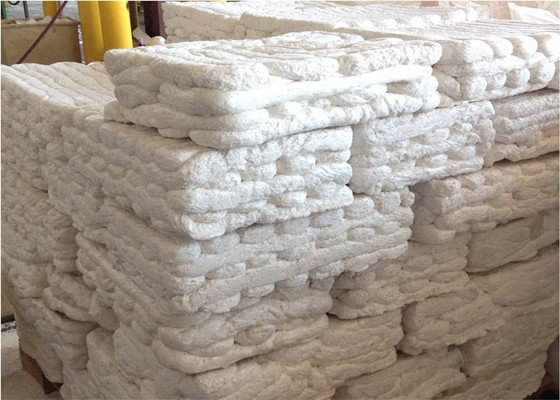GREENMAX foam densifier can offer a green-based solution to foam recycling
According to incomplete statistics, by 2025, every sea fish in the ocean (calculated at a rate of 1 kilograms per fish) will have 330 grams of waste plastic foams lingering in the sea area where it lives. By 2050, the weight of these waste plastic will exceed the fish themselves’.

Most people, however, may respond, "So lucky that I am not the poor fish in the ocean" or "So what? It is none of my business."
Then I can tell you what the truth is. The waste plastic foam that you have consumed and threw away causally will then flows back into your food chain in an invisible form. It can do harm to your health virtually. Scientists call this substance "plastic particles."

In October 29, 2015, Scientific American, an authoritative science magazine in the United States, published a survey on the table salt in China. The report shows, Polybutylene terephthalate, diol, polyethylene, cellophane and some other plastics used in the production of plastic foams are found in the common table salt of 15 brands purchased from all over China.
An effective and green-based solution is to recycle the foam waste, helping them gain the rebirth to be new products.

Foam densifier, a machine specialized in foam recycling. The bulky, light-weighted foams can be put into the densifier to be compressed by a shredder and then squeezed out the inside air formed into foam ingots by melting.
Such a step is mainly to finish the volume reduction for a cost-effective storage and transportation. It must be mentioned that, the Styrofoam densifier from GREENMAX can achieve a volume reduction up to 1:90. That is to say, the densified ingots can be 90 times smaller than the loose foams, dramatically increase the efficiency of foam recycling.

If you do seek for an ideal solution to foam recycling, GREENMAX can be a good partner you can cooperate with.
